#prayer book
Text



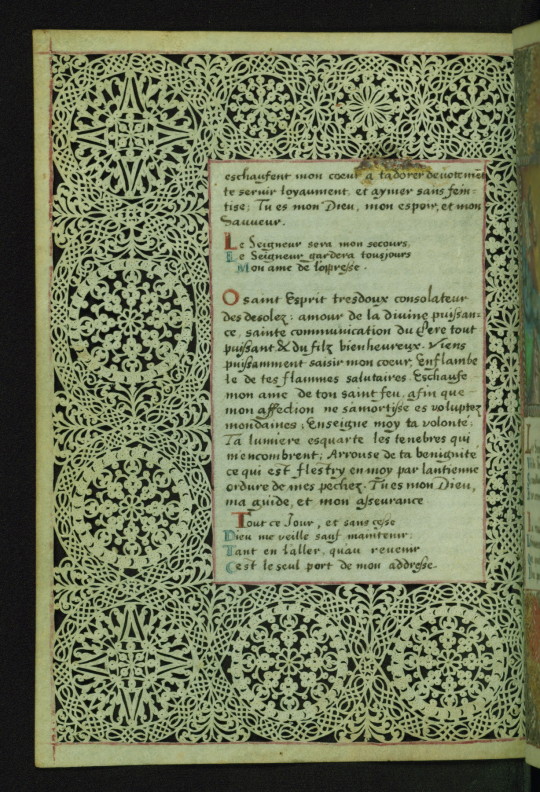


Lace Book of Marie de' Medici, Transfiguration
This Prayerbook was made for Marie de' Medici in the second quarter of the seventeenth century. Beyond its provenance as a personal book owned by the famous queen, it is exceptional for its intricately cut borders, which transform the parchment margins into lace. This effect was created using a technique known as "canivet," in which a small knife was used to cut ornate patterns into paper or parchment. An art form that flourished originally among nuns in France, Germany, and the Netherlands beginning in the sixteenth century, it was employed to exceptional effect in several manuscripts connected with Marie de' Medici. The Walters manuscript, made for her while she was regent of France, and wife of King Henry IV, contains twenty-eight miniatures, including original religious imagery as well as several later additions: a gouache portrait of the elderly queen, and nine small miniatures produced in Bruges ca. 1450 by an artist influenced by the Eyckian and Gold Scrolls styles prevalent at the time; the coat-of-arms of Marie de Medici, as well as her monogram. The Walters manuscript retains its original binding composed of mosaic inlays in green and black leather, as well as fine gilt pointillé foliate tooling, and a replica of the binding was created by Léon Gruel for Henry Walters on one of his seventeenth-century printed books (92.467) that also connects to Marie de' Medici.
Walters Museum Manuscript Department
269 notes
·
View notes
Text



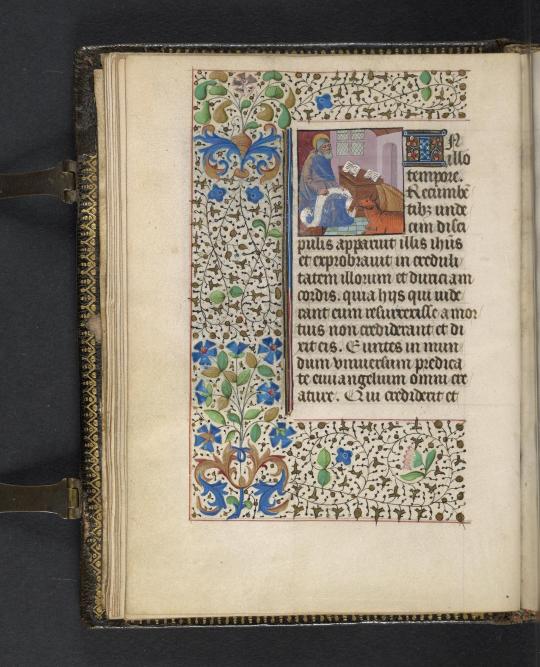



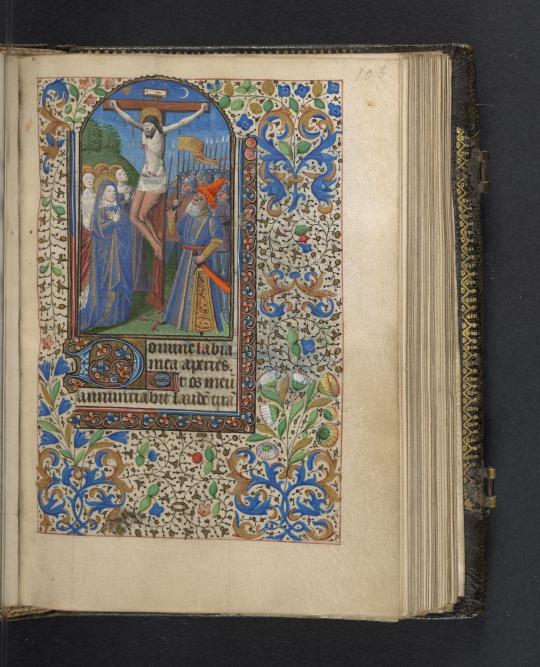


Today's #YearOfHours is Philadelphia Museum of Art 1967‑30‑122, a book of hours, use of Paris, written in Paris, ca. 1470. It includes some beautiful miniatures, and has been linked to the workshop of Maître François (fl. 1462-1480).
Online:
#year of hours#book of hours#medieval#manuscript#bibliophilly#art history#prayer book#15th century#book history#rare books
240 notes
·
View notes
Photo

Erich Lessing. Old woman with prayer book. Hungarian Revolution, Budapest. 1956
Follow my new AI-related project «Collective memories»
#BW#Black and White#Preto e Branco#Noir et Blanc#黒と白#Schwarzweiß#retro#vintage#Erich Lessing#old woman#prayer book#Hungarian revolution#Budapest#Hungary#1956#1950s#50s#street photography#Photographie de rue#Strassenfotografie#fotografia de rua#ストリートフォトグラフィー#cities#cidades#villes#都市#Stadtbild#paysage urbain#paisagem urbana#シティスケープ
53 notes
·
View notes
Text

Prayer book, 1606
#beautiful books#book blog#books books books#book cover#books#old books#prayer book#17th century#book binding#book design
165 notes
·
View notes
Photo
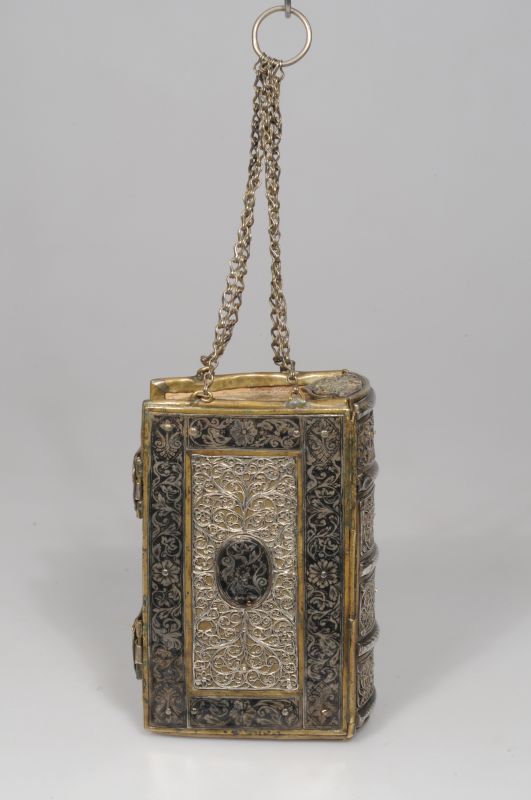
Book cover for a prayer book, a gift for a woman, 1400s, Italy.
229 notes
·
View notes
Text

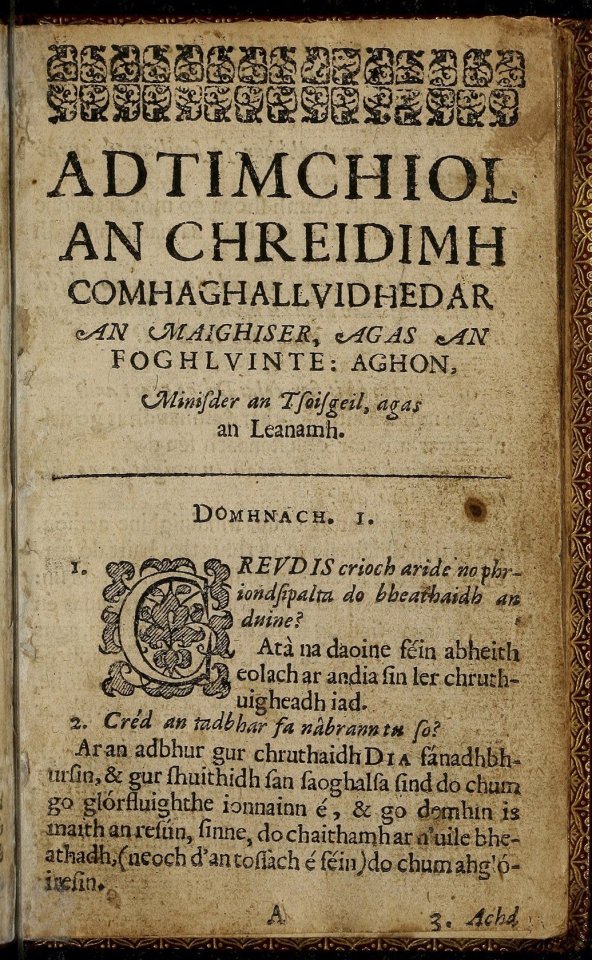
April 24th 1567 saw the first printed book in Gaelic published in Edinburgh.
The Book of Common Order, the standardized liturgical text for the Reformed Church in Scotland, was translated by John Carswell and became the first book to be printed (on a printing press) in any form of Gaelic. The work was done under the patronage of the Earl of Argyll, to whom the book was dedicated. The translation was made into the literary language, Classical Gaelic, rather than a vernacular dialect, in order to make it as accessible to the élite of the pan-Gaelic world.
Here is a little poem that Master John Carswell made for this very little book:
§ 1. Go forth on your course, o little book, to Úa Duibhne [Campbell of Argyll], as soon as you are taken off of the printing press: may he enjoy success in his residence.
§ 2. After that, traverse in a careful, refined manner throughout the lands of Scotland, but since there is no need for you there, do not venture a step into the land of the Gall [Lowlander].
§ 3. After that, travel over the ocean wave to the land of Ireland of the generous soil: although the [religious orders of] Brothers think little of you, move westwards within their sight.
§ 4. Every seanchaidh [historian] whose lore is pure, every man of art [i.e., the literati] who does not submit himself to falsehood: form friendship between yourself and them, o little book, to last until death.
§ 5. There is no cause to fear any person of the race of Adam who loves Truth; make your nest amongst those people; go forth, o little book.
Only three copies of it survive they are in the Edinburgh University Library, British Library and Pierpont Morgan Library in New York.
12 notes
·
View notes
Text
The discovery of doodles within a prayer book used by Henry VIII during his final years reveal that the controversial monarch was plagued by depression and a profound fear of divine retribution.
#Henry VIII#depression#Katherine Parr#doodle#marginalia#illustrations#prayer book#ancient#history#ancient origins
53 notes
·
View notes
Text

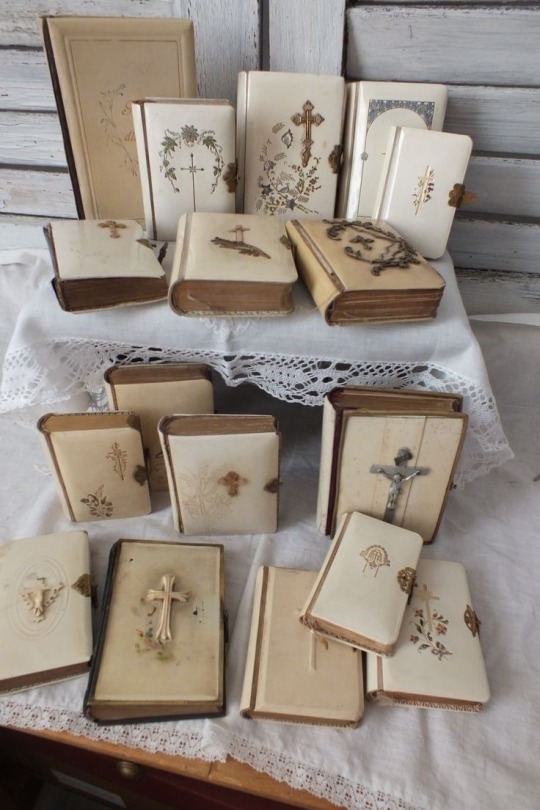
vintage prayer books
#religious imagery#religious art#catholocism#bible#gothic#vintage#gothic art#prayer book#grunge#goth aesthetic#gothcore#cross decor#dark coquette#coquette#dark aesthetic
15 notes
·
View notes
Text
From the illuminated manuscript book of hours “Tres Riches Heures de Duc de Berry”
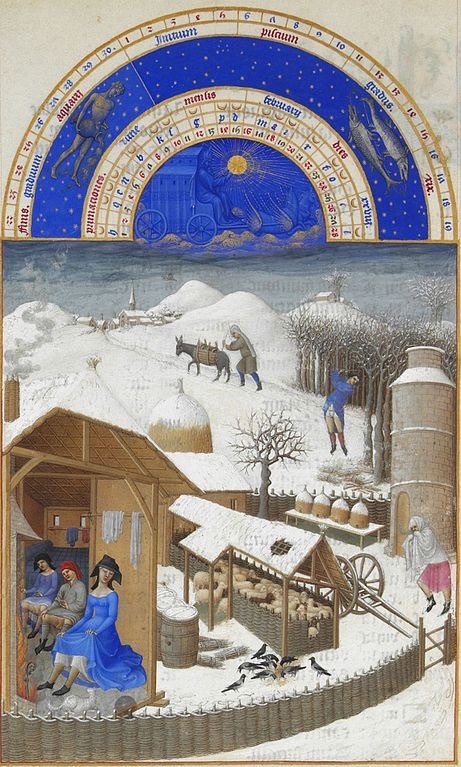
7 notes
·
View notes
Text
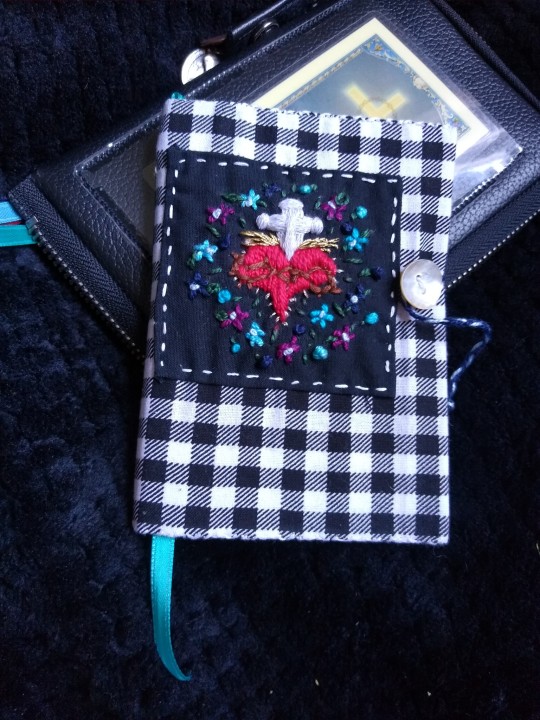
I finished my hand stitched cover for a Gospel & Psalms to accompany St. Augustine's Prayerbook in my purse. A lot of people craft their devotional materials, but everyone should at least a little, I think.
25 notes
·
View notes
Text

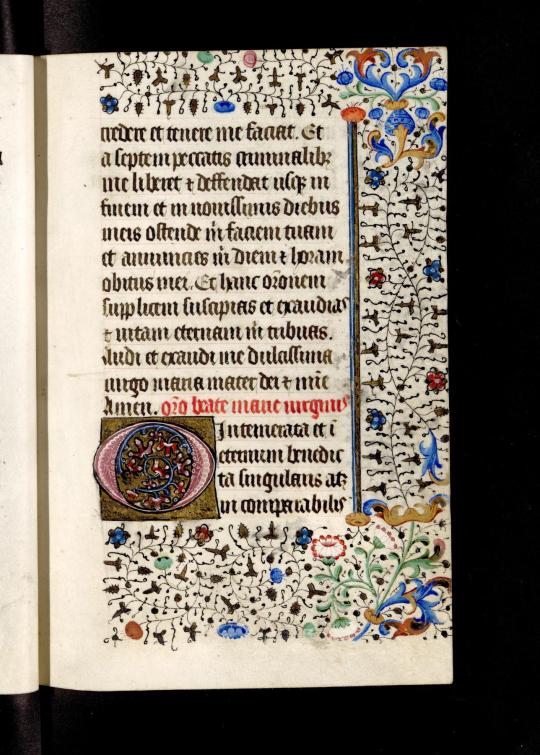






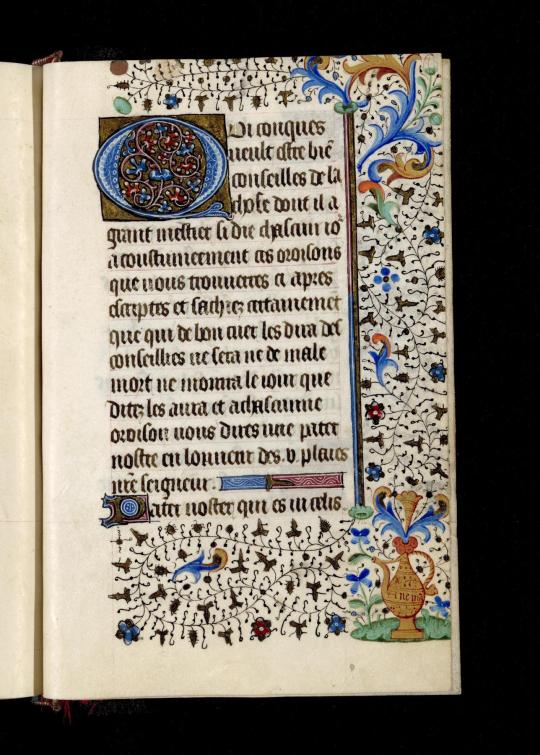
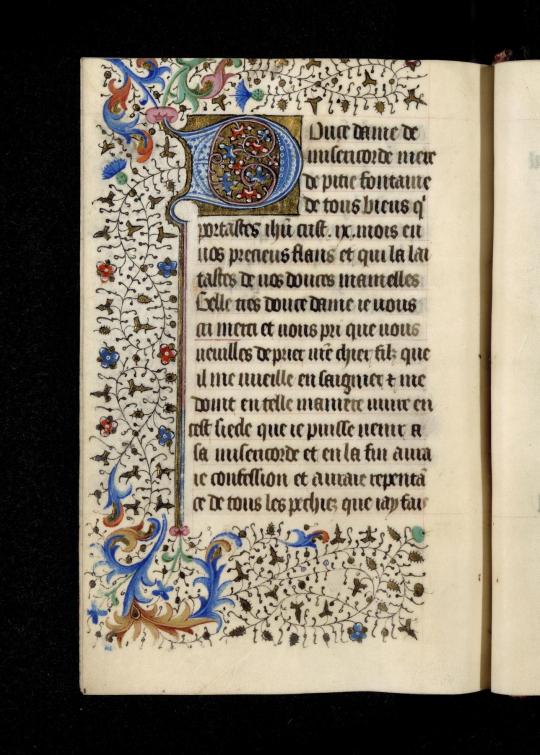
Today's #YearOfHours is Lehigh University, Lehigh Codex 16, a colorful book of Hours, use of Paris. The seven large miniatures are in the style of the Master of Mazarine, and prayers are included in French. Written in Paris in the early 15th c. #BiblioPhilly
🔗:
#medieval#manuscript#book of hours#year of hours#prayer book#illumination#illustration#paris#france#15th century#art history#book history#rare books
118 notes
·
View notes
Text
Scholars now find messages in Anne Boleyn's execution prayer book


#Anne Boleyn#execution#prayer book#Tudor era#Henry VIII#historical research#hidden messages#English history#1536
33 notes
·
View notes
Text
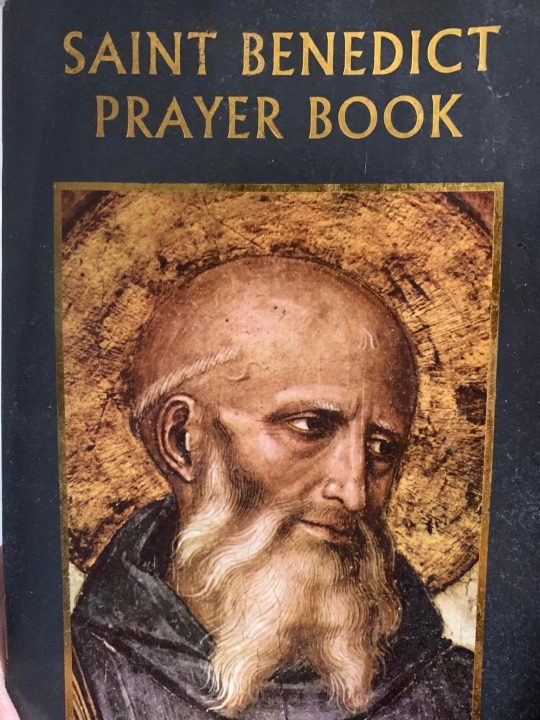
#jesus#catholic#my remnant army#jesus christ#virgin mary#faithoverfear#saints#jesusisgod#endtimes#artwork#Jesus is coming#st Benedict#pray for us#protection#st Benedict medal#prayer#prayer book
10 notes
·
View notes
Text

Today is the first day of Rosh Hashanah, the Jewish New Year, 5783. This prayer book is open to prayers for the holiday in Hebrew and English, ca. 1940.
Photo: Alexander Alland via MCNY
#New York#NYC#vintage New York#1940s#5783#Alexander Alland#Rosh Hashanah#Jewish New Year#prayer book#Jewish prayer book#Hebrew#Judaism
63 notes
·
View notes
Text

#dark academia#catholic academia#catholic aesthetic#medieval manuscript#prayer book#annunciation#advent#rorate caeli
46 notes
·
View notes
Text
The lusciously imagined death of Lady Jane Grey by Paul Delaroche in 1833, complete with a red-legged executioner with a most suggestive dagger. Jane Grey was very fast from a blindfolded victim in virginal white, fumbling for the block. Aged 16, she walked to her scaffold on Tower Green, and told the waiting crowd: 'Good people, I am come hither to die.' She read from her prayer book, before asking the executioner to 'despatch her quickly'.

"Normal Women: 900 Years of Making History" - Philippa Gregory
#book quotes#normal women#philippa gregory#nonfiction#lady jane grey#jane grey#paul delaroche#30s#1830s#19th century#execution#executioner#fit check#blindfolded#scaffold#tower green#death sentence#capital punishment#prayer book
2 notes
·
View notes